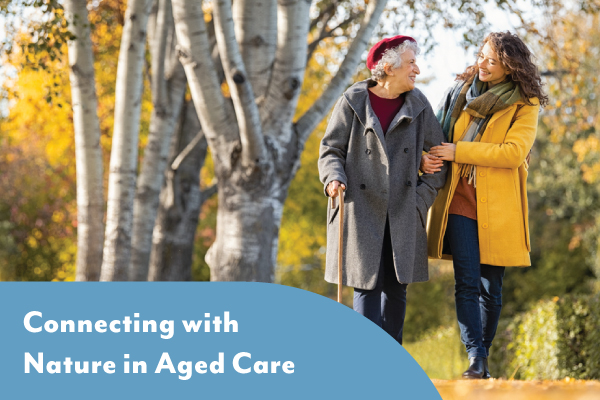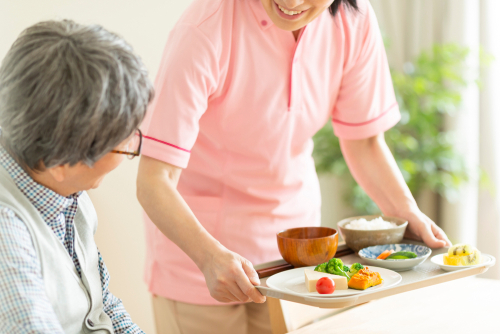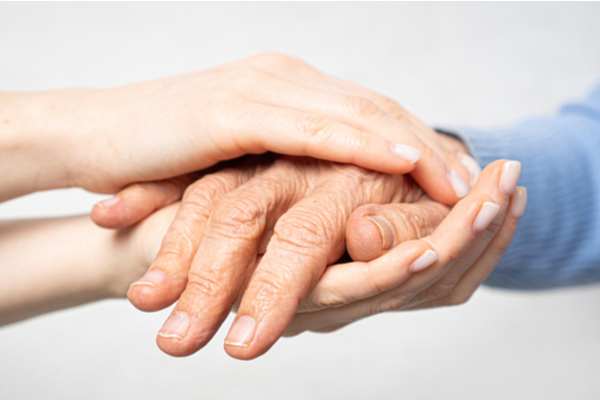Two out of three Australians will be diagnosed with skin cancer by the age of 70. However, exposure to small amounts of sunlight is also essential to good health. Let’s discover how to encourage an approach that is sun smart in aged care.
Finding the right balance of avoiding excessive sun exposure and obtaining the right amount of sun exposure for vitamin D levels and general health can be tricky. Education is important as many older individuals enjoy the outdoors and may not be SunSmart, or may not be getting enough sun exposure.
SunSmart, jointly funded by Cancer Council Victoria and the Victorian Health Promotion Foundation (VicHealth), aims to minimise the human cost of skin cancer in Victoria. Sun protection is a vital concern to Australia, which has one of the highest rates of skin cancer in the world, with more 750,000 people treated for skin cancer each year – more than 2000 people every day. About 2000 Australians die from skin cancer each year.
Here are some tips from SunSmart to help aged care facilities understand this important balance.
When to use sun protection
Check sun protection times each day from the weather section of the newspaper, Bureau of Meteorology website, and via the SunSmart website and app. Whenever UV levels reach 3 or above, skin should be protected from the sun.
How to protect yourself and others from sun damage
Encourage the use of sun protective clothing. Remember, if you can see skin, the sun can catch it.
Apply a generous amount of SPF 30 or higher broad spectrum, water resistant sunscreen to skin not covered by clothing about 20 minutes before going outdoors and reapply every two hours.
Shade the head, face, eyes, ears and neck with a sun protective hat. Bucket, wide-brimmed or legionnaire hats are best.
Even in the shade, UV can reflect from surfaces such as sand, glass, brick and concrete, so still use a hat, clothing, sunscreen and sunglasses.
Getting enough Vitamin D
The sun’s UV radiation is both a major cause of skin cancer and the best natural source of vitamin D, which is important for healthy bones and muscles.
According to SunSmart Victoria, individuals in residential care are at risk of vitamin D deficiency because it can be difficult for them to get enough sun exposure.
From September to April in Victoria (when UV levels are generally 3 and above), most people need just a few minutes of sun exposure mid-morning or mid-afternoon on most days of the week to help with vitamin D. Be extra cautious in the middle of the day when UV levels are most intense.
From May to August, when Victoria’s UV levels are usually low (generally UV levels fall below 3), encourage residents to roll up their sleeves, take off their hats and seek the sunshine. To help maintain vitamin D levels in winter, aim for about two to three hours of sun exposure each week. It is recommended that everyone wear a hat and sunglasses to protect their eyes — that’s good advice to be sun smart in aged care as well as for Australians of all ages.



